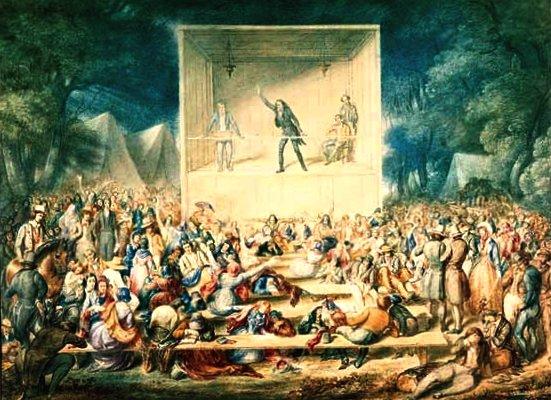

 |
The 1800's brought around an age of reform for
Heavy drinking was becoming extremely common in the 1800's. This caused many
families to become poor due to the husband blowing all their money on alcohol.
When people got into the spirit of reform they decided to do something to stop
the alcoholism. One response to drinking was the temperance movement, which was
a campaign to ban alcohol. The people of the movement gave out pamphlets, held
plays about the dangers of alcoholism, and had people sign a pledge. Some
people like in the middle picture held protests. As a result,
American workers were dealing with very poor conditions at the time of the
1800's reforms. Most factory workers were working twelve to fourteen hours six
days a week with very little money to show for it. However, in the 1830's
American workers had had enough and began to demand improvements. A labor union
was started to seek better conditions. From 1835-1836, one-hundred-forty
strikes took place in demand for better conditions. The protesters didn't even
stop protesting when economic troubles came around. Their work finally paid off
in 1840, when a law was passed for a ten-hour workday.
Also during the 1830's, Americans began to demand better schools and education.
The demands brought around many changes. In 1837 the very first board of
education was established in
Some reformers sought to improve the care of the vulnerable members of society,
while others worked to improve the life of people with disabilities. They
opened schools for the blind and the deaf. Yet other reformers called for
better jails and separate jailhouses for kids. A reformer named Dorothea Dix
fought for the mentally ill to have better care. She began this fight after
spending some time in a house for the mentally ill. There is now a hospital named
after her. |